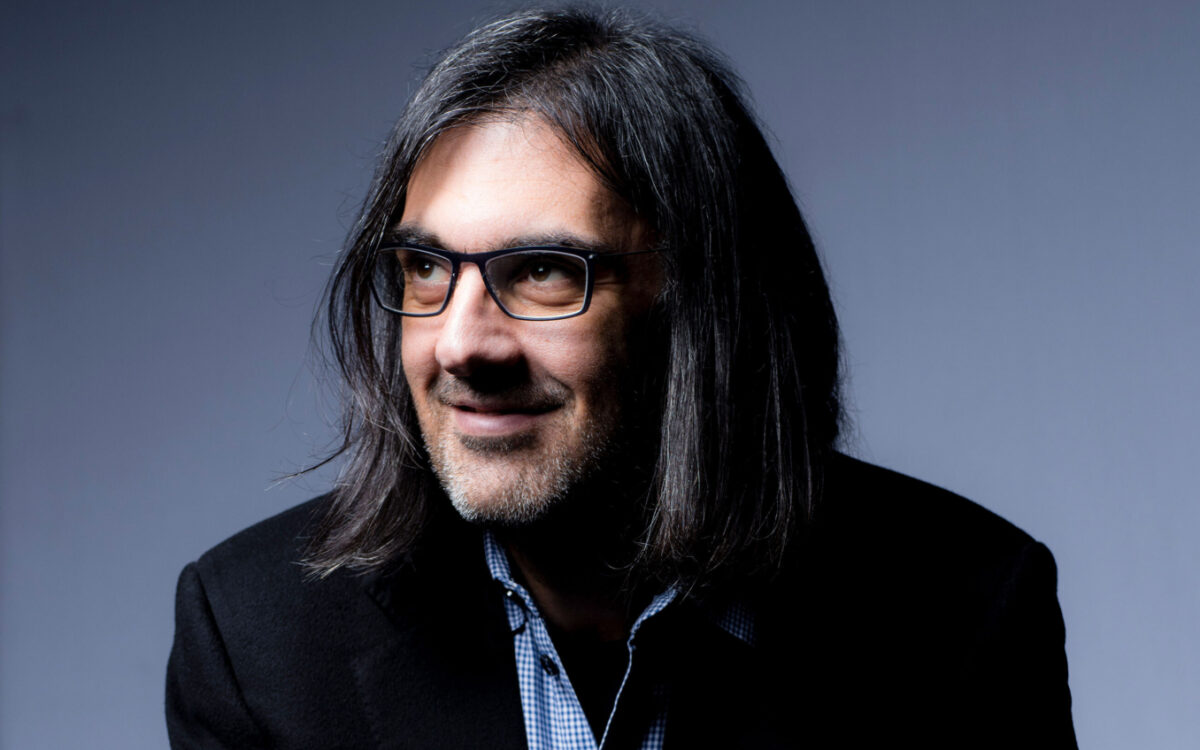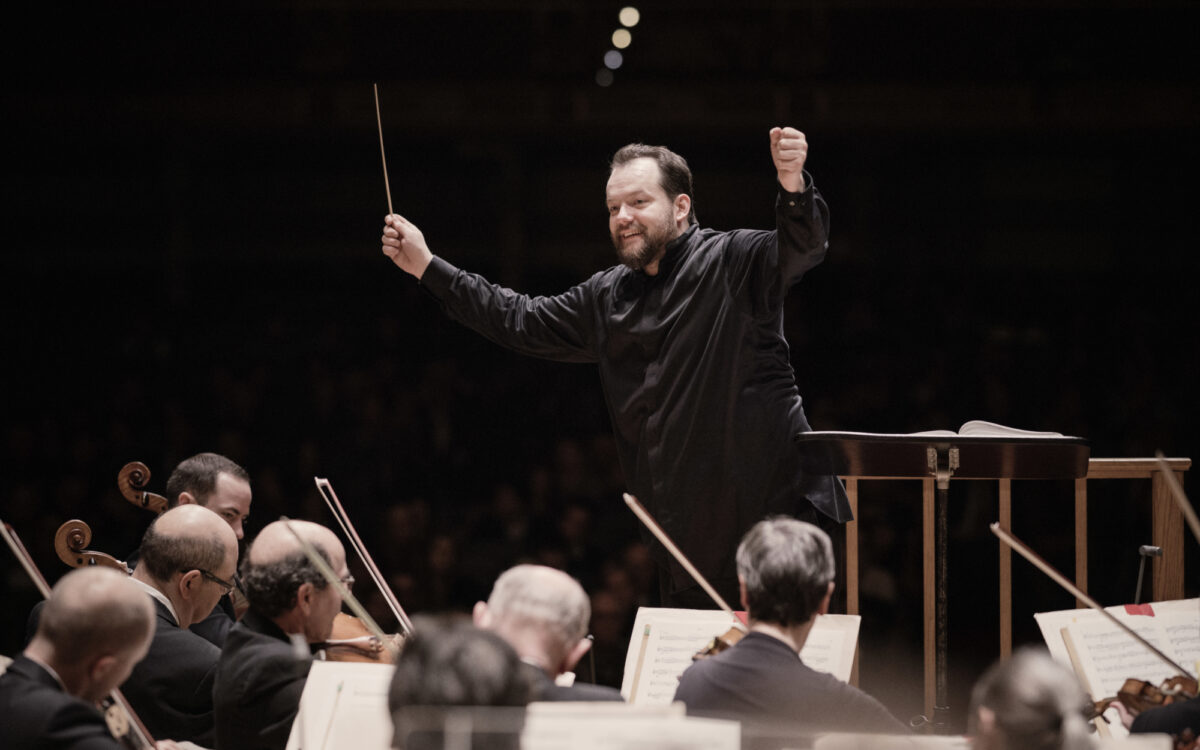The Unanswered Question
Quick Facts
- Composer’s life: Born in Danbury, Connecticut, on October 20, 1874, and died in New York on May 19, 1954
- Year completed: 1908; revised 1935
- First performance: May 11, 1946, at the Juilliard School, New York, Theodore Bloomfield conducting (1935 version)
- First BSO performance: July 8, 1956, Theatre-Concert Hall at Tanglewood, Lukas Foss conducting
- Approximate duration: 6 minutes
The score of The Unanswered Question calls for 4 flutes, trumpet, and strings (first and second violins, violas, cellos, and double basses).
The enormous range of style and technique in the music of Charles Ives is not something that developed quickly or casually. Ives was a young organ prodigy in Danbury, Connecticut, when he began composing in familiar forms and genres: songs for the parlor, marches for his father’s band, pieces for organ and church choir. Meanwhile, his father George Ives bequeathed his son an inquiring and adventurous spirit regarding the materials of music. At the same time as he was writing conventional music for immediate use, young Charlie was also experimenting with music in two keys, with free harmonies, with effects of space and juxtaposition—the latter including variations on a hymn played by contingents of players spread around a town square, the theme and variations played together.
In 1898 Ives graduated from Yale, having studied with perhaps the finest American composition teacher of the day, the German-trained Horatio Parker. It was inevitable that Parker would be relentlessly conservative in his approach, but he taught Ives a great deal about the shaping of works. At the same time, in college Charlie played ragtime piano at parties and local theaters, and amused his friends from the keyboard with what he called “take-offs” of football games and other campus events. After college, beginning to realize that the kind of music he wanted to write was never going to make him a living, he got a job in the life insurance industry. In the next decades he rose to near the top of that profession, while at the same time composing at white heat nights and weekends and vacations.
An important thing to understand about Ives is that every kind of music excited him if it was earnest and authentic, whether a Brahms symphony, a sentimental gospel hymn, a ragtime, a town band on the march. He had a particular love of the enthusiasms and quirks of amateur musicians, and translated even their mistakes into his music. “Bandstuff,” he told one of his longsuffering copyists. “They didn’t always play right & together and it was as good either way.”
To Ives all music was an avatar of the eternal human spirit that underlies it. As he matured as a composer, he was determined to evoke in his work what his father had called “the music of the ages.” In the process he never left anything behind, neither his conventional side nor his experimental, and he found continually new ways to mingle the styles and voices he had at his command—a larger range of style and technique than any composer had ever wielded before. Ives’s smaller works are among other things a record of the process he developed during his creative journey. They can be seen as products of his musical laboratory, in which ideas were cycled and recycled as he taught himself to write a kind of music quite unimagined in the world before. His laboratory explored technical ideas often decades ahead of their time—polytonality, polyrhythm, collage effects, complex rhythms, free harmony, and on and on—and no less involved a sense of traditional genres centered on the music he grew up with in Danbury. In his music all these elements circulate, mingling in continually fresh and unexpected ways.
Composed around 1906-07, The Unanswered Question is perennially Ives’s most popular work and one of his most prophetic. It is a kind of musical collage in three layers. A distant background of strings represents “the Silence of the Druids.” Over it a trumpet repeatedly intones “the Perennial Question of Existence,” and a group of winds attempts to solve the question with increasing fury. Finally the trumpet asks the question one last time, answered by an eloquent silence. For Ives, a question was better, more productive, than an answer. His life, his spirituality, and his music are an abiding illustration of that vision of endless questioning, endless exploration.
Jan Swafford
Jan Swafford is a prizewinning composer and writer whose most recent book, published in December 2020, is Mozart: The Reign of Love. His other acclaimed books include Beethoven: Anguish and Triumph, Johannes Brahms: A Biography, The Vintage Guide to Classical Music, and Language of the Spirit: An Introduction to Classical Music. He is an alumnus of the Tanglewood Music Center, where he studied composition.


